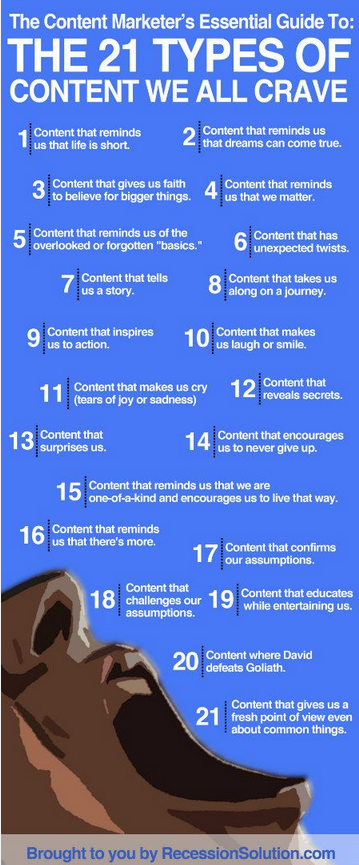Buyer Personas and Human-To-Human Marketing
Sarah Corley#Digital Marketing

Remembering that we are connecting with actual people is one of the keys to inbound marketing success. Defining buyer personas helps us do just that.
“There is no more B2B or B2C, there is H2H: Human to Human.”
I like this quote by Bryan Kramer because it reminds me of what’s most important. In the hustle and bustle of a marketer’s day-to-day routine, it can be easy to get caught up in the details: increasing interactions, decreasing your bounce rate, monitoring a click-through rate in your email campaigns, all while worrying about SEO.
Yes, those are all important factors. Yes, ROI is important. However, at the end of the day, are we treating people simply as a means to an end of making a sale? Are we, as marketers, providing value to our audiences?
When I tell people that I’m an inbound marketer, they don’t get it. “I’ve never heard of that before.” I usually follow up with a brief explanation. Inbound marketing is one of the most effective marketing methods for conducting business. Gone are the traditional marketing days of cold calls, buying names, buying ads, and praying for leads. By simply creating valuable content in the right context, you naturally attract qualified customers to your business through organic search results.
One of the best ways to create this valuable content is using buyer personas (which can also be known as marketing personas). HubSpot defines it best: “Buyer personas are semi-fictional representations of a company’s ideal customer, based on market research and real data about their existing customers.”
Buyer personas can help you further personalize your marketing efforts. In fact, the Content Marketing Institute recommends that you give your persona a name and even find a picture for him or her. This will help your team to think of this buyer as a real person, not just another sale. So instead of writing to the masses, you’re writing specifically to Amy or Steve.
In order to have the most effective buyer personas, your persona profiles should include: rough demographics, roles that this person plays in his or her personal and professional lives, key responsibilities, daily tasks, goals that this persona wants to achieve, major concerns and challenges that your persona faces, and a preferred content medium (social media, blogs, newspaper, etc.). Remember, this information is based on data, research, and interviews with your customers. We’ve even written a blog on how to gather this information.
Once you’ve created your buyer personas, writing content is much easier! Suddenly, you have a glimpse as to who your target customers are, and this means you can write content from a human to a human (because, after all, your persona is a living, breathing person out there).

Taking the important step of creating buyer personas will help marketers remember that, at the end of the day, they are writing and creating content for another human being, not just fulfilling a quota.
Related Posts

Making ChatGPT Sound More Human – Guidance for Writers
ChatGPT is an innovative platform for enhancing your writing, but here are a few ways to help from losing your “voice” while using it...

3 Pro Tips to Make Your HubSpot Workflows Successful
HubSpot's workflows are a powerful tool for connecting with your customers. We share 3 pro tips for getting the most out of your workflows.
Results Matter.
We design creative digital solutions that grow your business, strengthen your brand and engage your audience. Our team blends creativity with insights, analytics and technology to deliver beauty, function, accessibility and most of all, ROI. Do you have a project you want to discuss?
Like what you read?
Subscribe to our blog "Diagram Views" for the latest trends in web design, inbound marketing and mobile strategy.
